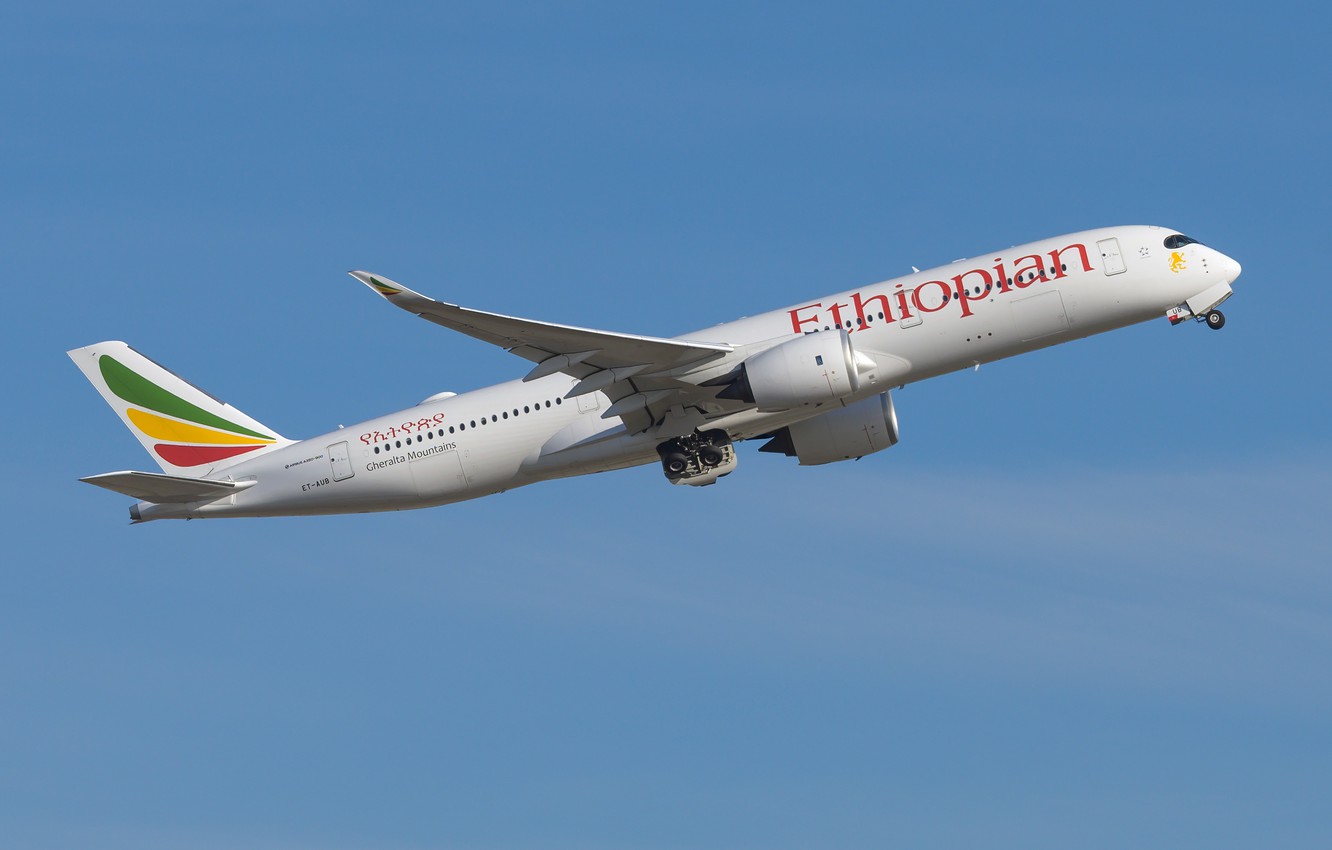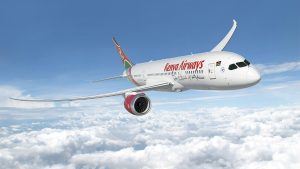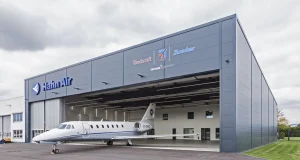Ethiopian Airlines has announced a progressive goal to expand its fleet and enlarge its network. The airline’s “Vision 2035” plans, confirmed last week, will introduce more than a hundred new aircraft to its fleet.
Additionally, Ethiopian plans to add more cities to its network, totaling its destination network to more than 200 by 2035. The Star Alliance carrier is currently the largest airline in Africa and has a sizeable operation between Africa and Asia.
Becoming more profitable
Mesfin Tasew, CEO of Ethiopian Airlines, spoke to the Ethiopian News Agency about the carrier’s strategic plans to grow.
“In vision 2035, we have aimed to nearly double the number of destinations that we will be flying by increasing the number of destinations from 131 today to 207; and to cover this expansion, we have planned again to double the number of aircraft in our flight from 140 to 271. We have planned to carry 65 million passengers and 3 million tons of cargo. We aim to generate 25 billion USD revenue by 2035.”
The new plan comes as the airline has already achieved its goal for 2025. Tasew said vision 2035 would sustain the carrier’s fast and profitable growth. Ethiopian has been recognized as the most reliable and financially successful airline in Africa, domestically and internationally.
Evaluating and welcoming new aircraft
Ethiopian will reportedly make a final decision on what exactly its fleet growth will entail in the coming months. Tasew said the airline is actively looking at new Airbus and Embraer family aircraft to bridge the capacity gap between its Boeing 737 and De Havilland Dash 8-400 aircraft currently in its fleet.
“Currently, we are conducting a fleet evaluation on the narrowbody side for 100-seater aircraft: the Airbus A220 and Embraer 195 E2,” the CEO said.
The carrier will welcome its 19th Airbus A350 to its fleet by the end of the month. In July 2016, the carrier became the first airline to operate the A350 in Africa. This past summer, Ethiopian confirmed that it upgraded four existing Airbus A350-900 orders to the larger A350-1000 variant.
The carrier is also looking to add more freighter aircraft to support its cargo operation. There are 14 cargo planes in its fleet consisting of Boeing 737-800BCF, 767-300BCF, and 777F models. With the A350 already in its fleet, Tasew said the airline plans to consider the A350F.
Harmonizing a cost-effective fleet
When expanding its fleet, Ethiopian has to consider the number of aircraft types it operates. From regional planes that seat 70 to widebody jets seating up to 300, the airline has a fleet of variety, using six aircraft types. Tasew said too many types could cost the airline, according to Sam Chui.
“The concern is, two different aircraft models of the same size will increase complexity and costs in terms of pilots, maintenance etc.,” Tasew said. “When we add either Embraer E195 or Airbus A220, we would have a seventh type in our fleet. We want to be careful in further fleet evaluation.”
In addition to the A220, the airline has reportedly evaluated the A321XLR but concluded that it is not cost-effective compared to its current fleet of Boeing narrowbodies.
“We hear that it [A321XLR] is an excellent aircraft. Unfortunately, on the narrowbody side we operate more than 30 737s, which will grow probably to 50 by adding more 737-8s,” Tasew said. “Our strategy is to have cost leadership, and to have this, you have to harmonize your fleet and to operate fewer aircraft models,” Tasew said.
Ethiopian expects to solidify its fleet expansion plans for both narrow and widebody planes by the first half of 2023.
Source: Simple Flying






